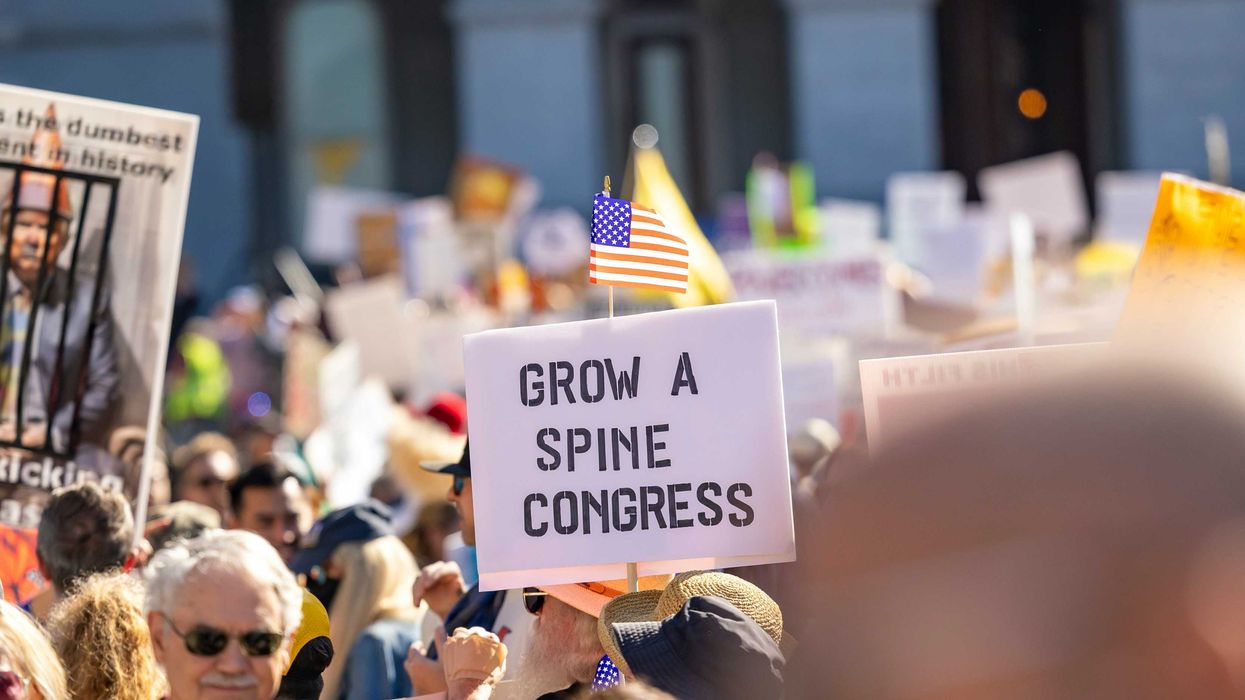Zaidane is the president and CEO of the Millennial Action Project.
This holiday weekend Americans will celebrate with hot dogs, poolside parties and firework displays. What they’ll be celebrating is an open question among young Americans like me.
Scroll through TikTok, the town square for Generation Z, and you’ll find over 20 billion views on videos labeled #politics. The vast majority of this viral content directs ire toward the state of our democratic experiment. Celebrations of the star-spangled holiday are tempered with a sobering reality: Only 19.5 percent of young people view the word “patriotism” in a positive light.
It’s not hard to put a finger on why: increasingly slim opportunities for economic mobility, the steady drumbeat of hard-won rights overturned by unelected courts or gerrymandered legislatures, unfilled pledges from the 2020 summer of racial reckoning, recent testimony from the Jan. 6 committee hearings, and widespread bad faith arguments throughout the political spectrum. The lack of patriotism among millennials and Gen Z should be seen for what it is — a rebellion against the complacent promises of America. That doesn’t mean young people hate this country, it means we love it enough to want change. It means we believe that we can do better. And that’s something worth celebrating.
Independence Day is a time when we commemorate the aspirational and unique founding of our nation. This wasn’t the work of one generation and certainly not the work of a small set of delegates from 13 colonies. In fact, some of America’s greatest founders, who brought to life the aspirations we celebrate this weekend, would have never been permitted in Independence Hall in 1776.
When we reflect on America’s founders this holiday, we ought to think of people like Harriet Tubman, who is just as influential to who America is as Thomas Jefferson. Ella Baker and Martin Luther King, Jr. built upon the American dream and fought for civil rights, Harvey Milk and Marsha P. Johnson led early movements of LGBTQ activism, and Susan B. Anthony, Sojourner Truth, and Jeannette Rankin advocated for women’s suffrage based on the vision that America could be a fully representative democracy. These American Refounders lived in a country where the systems did not work for them, and yet they forced the nation to live up to its founding ideals and built a better future for all.
Millennial and Gen Z attitudes toward patriotism seem to be coming from this same place. It’s not a rejection of our country or national identity, but rather a stirring conviction for what America can and should be. The good news is that young people have not given up on this country. From 2018 to 2020, there was a 266 percent increase in millennials running for Congress. In 2020, the Millennial Action Project tracked 703 millennial candidates for Congress throughout the cycle, compared to just 264 in 2018. An MTV/AP-NORC poll reported that two-thirds of Gen Z feel that their generation is motivated to make positive change in the country. Most notably, each day, here at MAP, we see young people who not only stepped up and won local office, but who are using their platform to work across the aisle and bridge partisan divides.
Thomas Edison once said, “Vision without execution is just hallucination.” Each generation, we improve on the execution of the vision of America. And I’ve been inspired by how millennials and Gen Z are stepping up to the plate.
So what can we celebrate this Independence Day, when the work of our founding is far from complete? We can celebrate that since the founding of our nation, America is always being refounded, and with a generation of millennials and Gen Z overwhelmingly committed to improvement we have a lot of founders on the job.




















